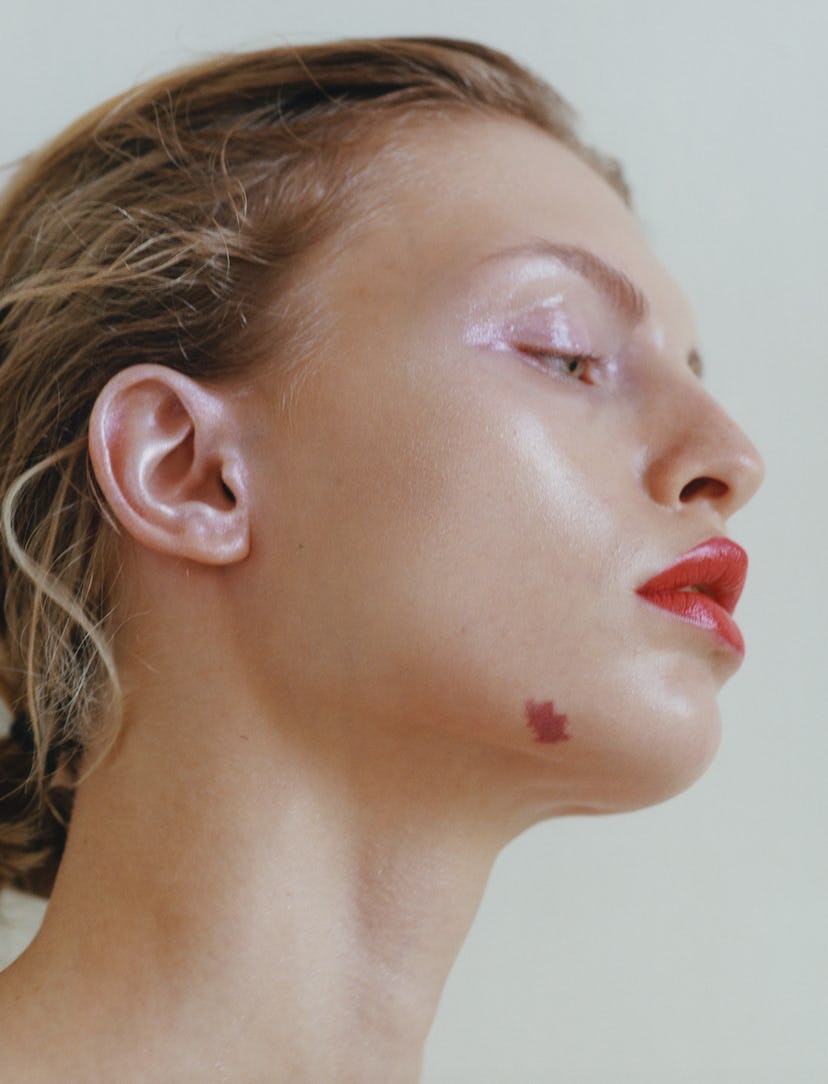Razor-sharp cheekbones and heavily contoured jawlines have dominated our feeds for quite some time, but the beauty tide is turning. From red carpets to runways, both beauty experts and novices are leaning into soft sculpting—a gentler, more natural approach to defining the face that ditches the harsh lines in favor of subtle shadows and skin-like finishes. Think lifted cheekbones, warmth, and structure that still lets your skin shine through. Below, we tapped pro makeup artists to learn their best tips for perfecting the technique that’s quickly become the new standard.
What is soft sculpting?
According to Drita Paljevic, head makeup artist at Kevyn Aucoin Beauty, soft sculpting is a subtle, skin-first alternative to contouring that enhances your natural bone structure without any harsh lines or heavy contrast. “It relies on blendable formulas to create the illusion of dimension, warmth, and lift—almost like a whisper of contour," she says.
After years of full-glam makeup dominating the beauty scene, soft sculpting reflects a broader cultural shift toward natural, wearable beauty, says Paljevic, who adds that people are gravitating toward techniques that enhance rather than mask. (This is in line with the rise of trends like “clean-girl makeup,” and no-makeup makeup, which have made room for ways to define features sans heavy layering.)
How is soft sculpting different from contouring?
Where contouring is about transformation, soft sculpting is about enhancement. “Traditional contouring is about reshaping the face and certain features while soft sculpting focuses on enhancing your natural features,” explains Los Angeles-based makeup artist Lisa Chamberlain. "Instead of harsh lines, the goal is to get a seamless blend that melts into the skin; rather than a heavy matte finish, we want a natural, radiant glow.” Soft sculpting feels right at home alongside the butter skin trend, which celebrates smooth, hydrated, and naturally radiant skin.
Technique aside, soft sculpting can also differ from contouring in terms of shades. “Traditional contouring leans more into cool or gray undertones that mimic natural shadows and add depth,” says Chamberlain. While you can still use these tones for a little added definition, soft sculpting relies on less dramatic shade contrast, like golden undertones that bring warmth and glow to the skin. In both methods (contouring and soft sculpting), highlighting is equally as important. “A well-placed highlighter can help lift all the areas you’ve just sculpted,” adds Chamberlain.
How to soft sculpt
To perfect your soft-sculpt routine, start out with hydrated skin and a light base of foundation, tinted moisturizer, or skin tint. Then, use a cream or liquid contour that’s about two shades darker than your skin tone and apply it just above the hollows of the cheeks, temples, jawline, and sides of the nose, says Paljevic.
“Blend the product upward and outward using a soft brush, sponge, or fingertips—the motion should lift, not drag,” she adds. For an airbrushed finish, try applying the product to the back of your hand and working it into your brush or sponge before applying to the face. And to achieve a more cohesive look, try blending the product into the crease of the eyes as well.
Those seeking longer wear (or those with oilier skin) can set with a light dusting of bronzer to lock it in. Paljevic recommends finishing off with a cream blush applied high on the apples of the cheeks, blending back toward the temples as well as a liquid or cream highlighter applied on the high points of the face: cheekbones, brow bones, cupid’s bow, and bridge of the nose.
This article was originally published on
